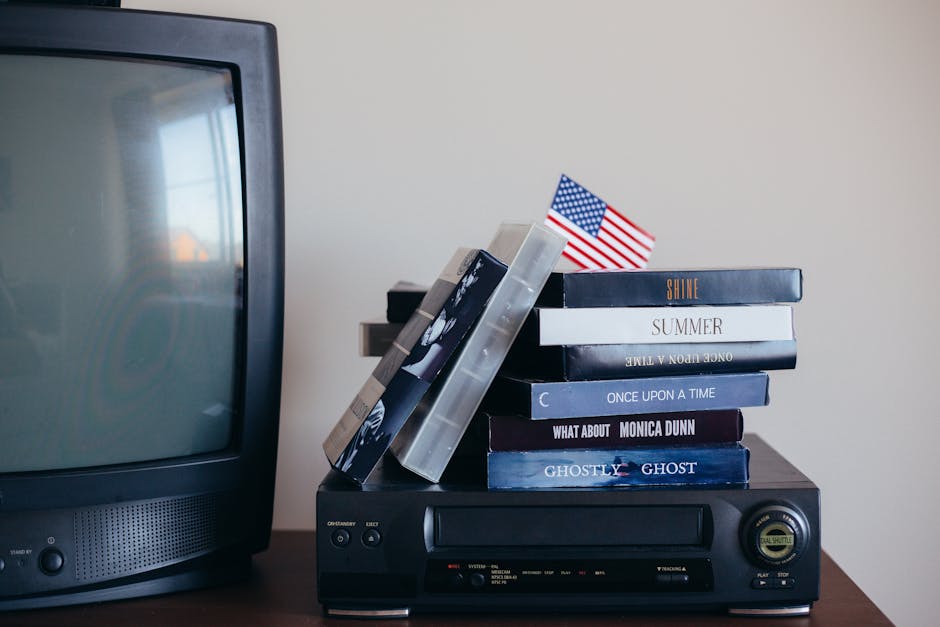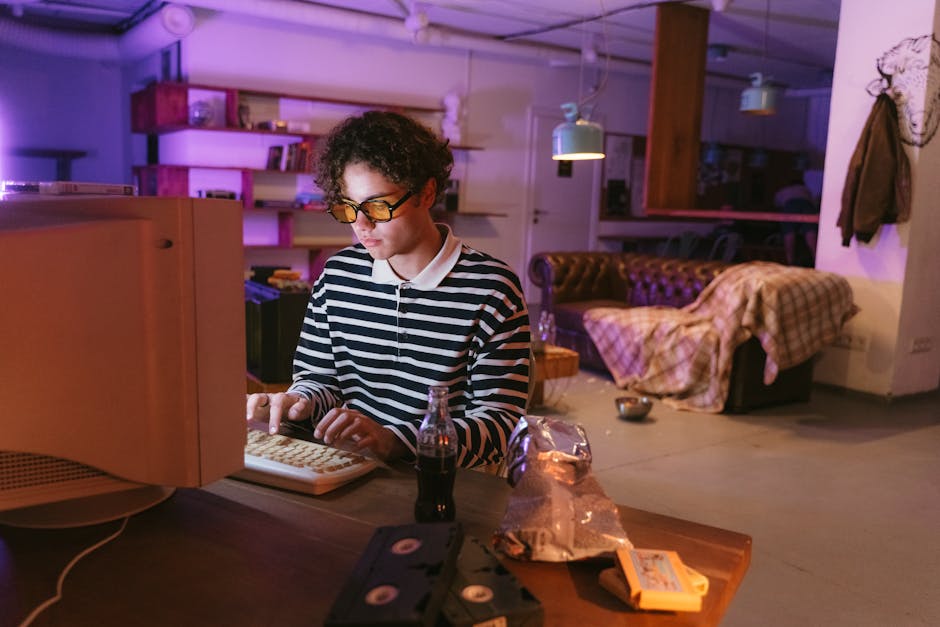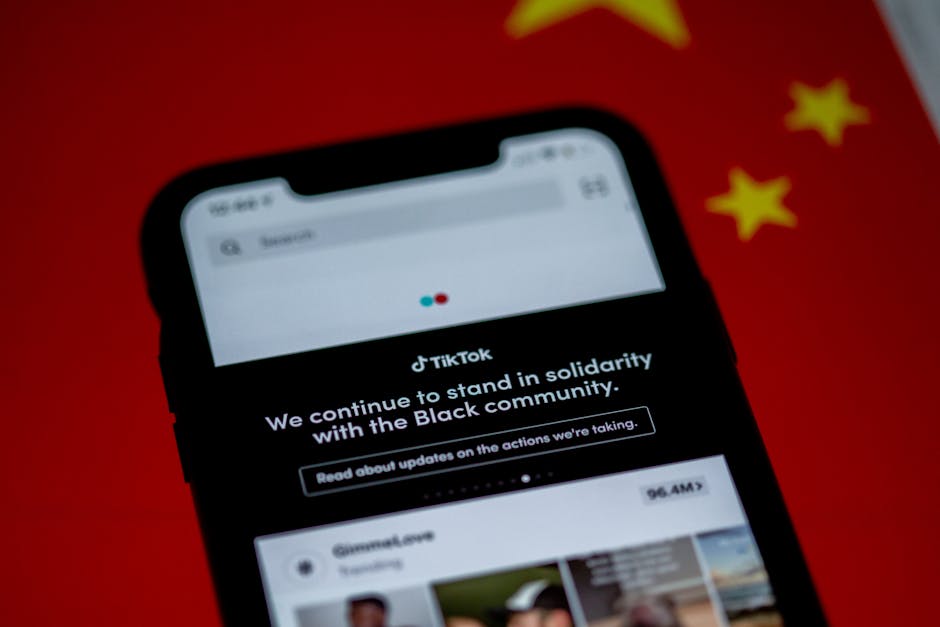The Influence of Movies on Cultural Norms
When we think about the impact of media on society, movies often take the center stage. Movies have the power to shape our perceptions, beliefs, and behaviors by portraying a wide range of cultural norms on the big screen. From influencing fashion trends to challenging societal taboos, the influence of movies on cultural norms is undeniable. In this article, we will delve deep into how movies shape our understanding of cultural norms, exploring the historical background, current implications, and future trends of this phenomenon.
The Evolution of Movies as Cultural Influencers

Since the inception of cinema in the late 19th century, movies have played a significant role in shaping cultural norms. Early silent films depicted societal values and norms of the time, providing a window into the collective consciousness of society. As the film industry grew, movies began to reflect changing social attitudes and cultural shifts, mirroring the evolving norms of different eras.
For example, the Golden Age of Hollywood in the mid-20th century portrayed idealized versions of American life, emphasizing traditional values such as family, love, and patriotism. Movies like “Gone with the Wind” and “Casablanca” set the standard for romance and heroism, influencing how audiences perceived relationships and societal roles.
With the rise of independent cinema in the 1960s and 1970s, filmmakers began to challenge traditional norms and push boundaries, addressing taboo topics such as sexuality, race, and politics. Movies like “Easy Rider” and “The Graduate” offered alternative perspectives on societal issues, sparking debates and discussions about cultural norms.
Portrayal of Gender Roles in Movies

One of the most significant ways in which movies influence cultural norms is through the portrayal of gender roles. From the damsel in distress to the action hero, movies often depict stereotypical gender stereotypes that can shape our perceptions of masculinity and femininity.
For decades, women in movies were often relegated to supporting roles, playing the love interest or the sidekick to the male protagonist. However, in recent years, there has been a push for more diverse and complex female characters on screen. Movies like “Wonder Woman” and “Mad Max: Fury Road” have challenged traditional gender norms by presenting strong, independent women who defy expectations and drive the narrative forward.
On the other hand, male characters in movies have also evolved to reflect changing societal norms. The portrayal of sensitive and vulnerable male protagonists in films like “Call Me by Your Name” and “Moonlight” has challenged toxic masculinity and opened up conversations about the emotional depth of men.
Racial Representation in Movies

Another crucial aspect of the influence of movies on cultural norms is the representation of race and ethnicity on screen. Historically, Hollywood has been criticized for its lack of diversity and perpetuation of racial stereotypes. However, in recent years, there has been a push for more inclusive casting and authentic storytelling that reflects the diversity of society.
Movies like “Black Panther” and “Crazy Rich Asians” have shattered box office records and challenged the notion that films with diverse casts cannot be commercially successful. These movies have not only influenced cultural norms by showcasing underrepresented voices but also paved the way for a more inclusive and equitable film industry.
Despite progress in racial representation, there is still much work to be done to combat systemic racism in movies. The #OscarsSoWhite movement and calls for greater diversity behind the camera have highlighted the need for systemic change in the film industry to ensure that all voices are heard and represented on screen.
Movies as Agents of Social Change

One of the most powerful aspects of movies is their ability to inspire social change and challenge cultural norms. Films like “12 Years a Slave” and “Selma” have shed light on the dark chapters of history and sparked conversations about race, inequality, and justice. These movies have not only educated audiences about important social issues but also motivated viewers to take action and create positive change in their communities.
Moreover, documentary films have served as important tools for activism and advocacy, bringing attention to pressing social issues such as climate change, human rights, and healthcare. Documentaries like “An Inconvenient Truth” and “RBG” have raised awareness about critical issues and inspired viewers to engage in activism and social justice efforts.
By portraying diverse perspectives and challenging established norms, movies have the power to shape public opinion, influence policy decisions, and drive social movements. Whether through dramatic narratives or real-life stories, films have the potential to be catalysts for change and advocates for a more just and equitable society.
The Dark Side of Movie Influence
While movies can be powerful agents of change, they also have the potential to reinforce harmful stereotypes, perpetuate negative behaviors, and glamorize violence. The glorification of crime and violence in action movies, for example, can desensitize audiences to real-world consequences and perpetuate a culture of aggression and dominance.
Moreover, movies that depict unhealthy relationships, substance abuse, or mental illness without proper context or nuance can stigmatize these issues and perpetuate harmful myths. The romanticization of toxic behaviors in films like “Twilight” and “50 Shades of Grey” can send dangerous messages to audiences, especially young viewers who may be more impressionable.
It is essential for filmmakers to be mindful of the impact their movies can have on cultural norms and to strive for responsible storytelling that promotes positive values and behaviors. By portraying complex and nuanced characters, addressing social issues with sensitivity, and avoiding harmful stereotypes, movies can contribute to a more inclusive and empathetic society.
Future Trends and Challenges
As technology advances and storytelling evolves, the future of movies as influencers of cultural norms is both promising and challenging. With the rise of streaming platforms and digital content, audiences have more access to diverse stories and perspectives than ever before. This democratization of media has the potential to amplify underrepresented voices and challenge mainstream narratives.
However, the prevalence of misinformation, fake news, and online echo chambers presents a significant challenge to the influence of movies on cultural norms. In an era of information overload and algorithm-driven content, it is crucial for filmmakers to cut through the noise and deliver compelling, fact-based narratives that engage and educate audiences.
Moreover, the increasing globalization of the film industry has led to a more interconnected and diverse cultural landscape. Movies from different countries and cultures have the power to bridge divides, foster understanding, and promote cross-cultural dialogue. By embracing diversity and inclusivity, filmmakers can create a more vibrant and inclusive film industry that reflects the richness of human experience.
Common Misconceptions
One common misconception about the influence of movies on cultural norms is that all films have a negative impact on society. While it is true that some movies can perpetuate harmful stereotypes or glamorize violence, many films also have a positive influence by promoting empathy, social justice, and critical thinking.
Another misconception is that movies have a uniform influence on all viewers. In reality, the impact of movies on cultural norms can vary depending on individual factors such as age, gender, race, and personal experiences. While some viewers may be deeply influenced by a movie, others may have a more critical and discerning perspective.
Conclusion
In conclusion, the influence of movies on cultural norms is a complex and multifaceted phenomenon that shapes our perceptions, beliefs, and behaviors in profound ways. From challenging stereotypes to inspiring social change, movies have the power to reflect, critique, and transform society through the lens of storytelling.
As we navigate an increasingly interconnected and diverse world, it is essential for filmmakers, audiences, and society at large to critically examine the messages and values portrayed in movies. By fostering responsible storytelling, promoting diversity and inclusion, and engaging in meaningful dialogue, we can harness the power of movies to create a more inclusive, equitable, and empathetic society.
So next time you sit down to watch a movie, take a moment to reflect on the cultural norms and values being portrayed on screen. As viewers and storytellers, we have the power to shape the narrative and influence the world around us. Let’s make sure that the movies we watch reflect the world we want to live in.




